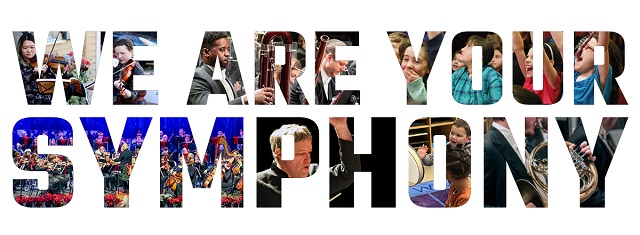
Compose-it Weekly Video Lessons
Exploring Vivaldi’s Rhythm Patterns:
In this Learning in Concert Online video, we explore basic rhythm patterns found in Vivaldi’s Autumn from the Four Seasons.
Students are then asked to compose their own melody that imitates Vivaldi’s rhythmic pattern on Compose-it.
Exploring Melodic Contour with Kabalevsky
In this Learning in Concert Online video, we explore melodic contour in a piano piece by Kabalevsky. Our dog friend, Porkchop helps us to see the three different types of contour.
Students are then asked to compose a melody that ascends, descends and stays the same on Compose-it.
Melodic Motion: Steps, Skips and Leaps in Mozart’s Music
In this Learning in Concert Online video, we explore the melodic motion of steps, skips and leaps within a diatonic scale. Mozart’s Eine Kleine Nachtmusik is used to demonstrate the different types of melodic motion.
Students are then asked to compose three melodies moving by steps, skips and leaps on Compose-it.
Exploring Phrase Form in Beethoven’s Piano Sonata No. 20
In this Learning in Concert Online video, we explore phrase form in Beethoven’s Piano Sonata No. 20. Our little dog friend, Porkchop, helps us to visualize Beethoven’s phrase form with his new toys.
Students are then asked to compose their own melodies on Compose-it and designate the phrase form.
Slide Symmetry in Shapes and Mozart’s Melody
In this Learning in Concert Online video, we explore slide symmetry in shapes and in Mozart’s Piano Sonata in C Major.
Students are then asked to compose a melody that shows slide symmetry on Compose-it.
Mirror Symmetry in Shapes and Haydn’s Symphony No. 47
In this Learning in Concert Online video, we explore mirror symmetry in shapes, architecture and Haydn’s Symphony No. 47 in G Major. At the end of the video, students are asked to create their own mirror symmetry, retrograde melody on Compose-it.
Flip Symmetry in Shapes and Bach’s Brandenburg Concerto No. 3
In this Learning in Concert Online video, we explore flip symmetry in shapes and in Bach’s Brandenburg Concerto No. 3 . Using the Compose-it program, we then analyze the melodic motion of an original melody to create an inverted melody that shows flip symmetry.
Students are then encouraged to compose their own original and inverted melodies on Compose-it.
Scales and Hidden Scales in Two Pieces by Bach
In this video, we explore scales and hidden scales in two pieces by Bach. NBSO musician, Peter Zay, performs the Prelude from Bach’s Cello Suite No. 3 as we explore Bach’s use of the C Major scale. We then listen for a C major scale that Bach has hidden in the lower notes of his Prelude in C Major for piano.
At the end of the video, students are encouraged to compose their scale and hidden scale melodies.
Echo Imitation in Handel’s Suite in D Major
In this Learning in Concert Online video, NBSO musician, Andrew Sorg performs Handel’s Trumpet Suite in D Major to demonstrate how Handel uses musical imitation between the trumpet and the piano.
Following an example of melodic imitation, students are encouraged to compose their own echo imitation melodies on Compose-it.


